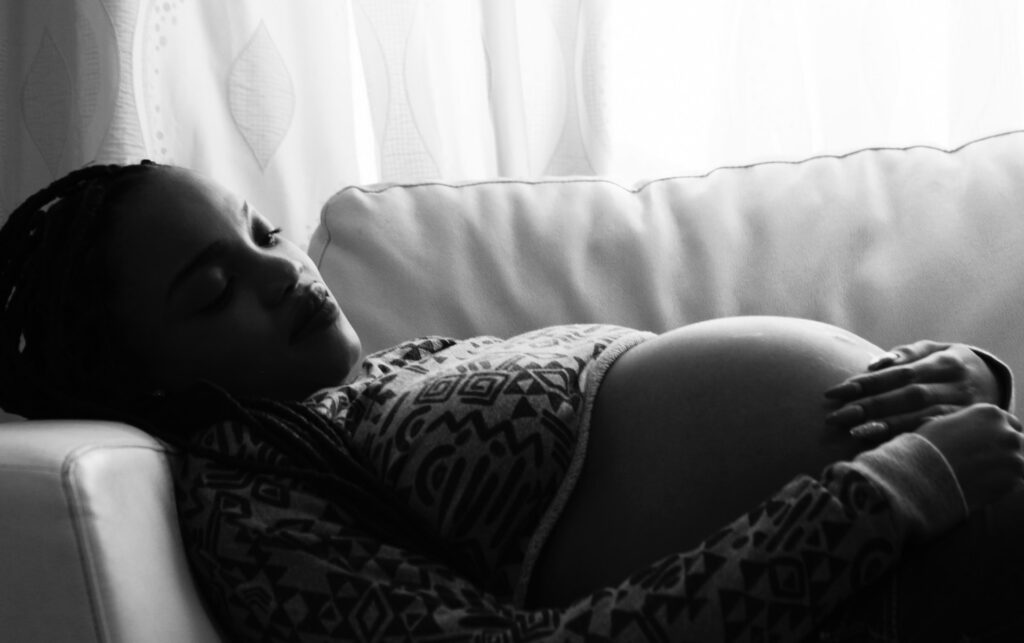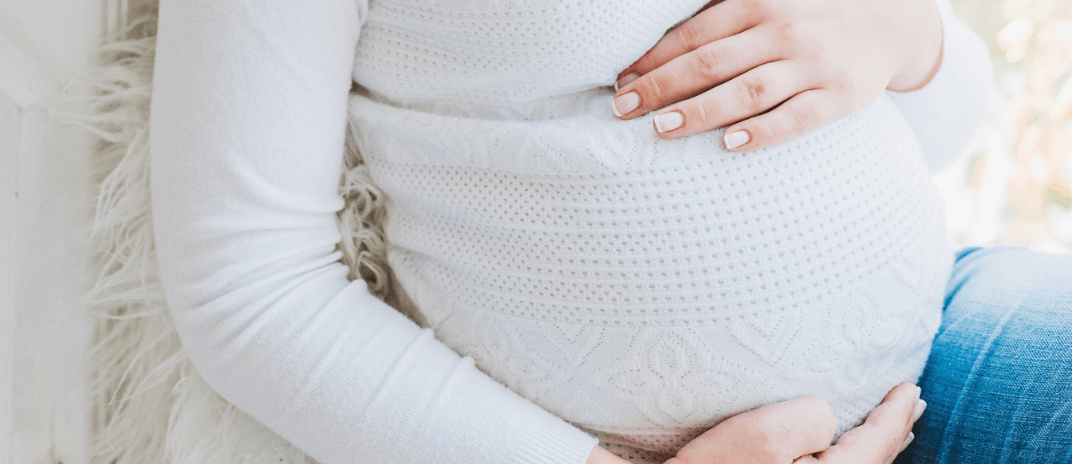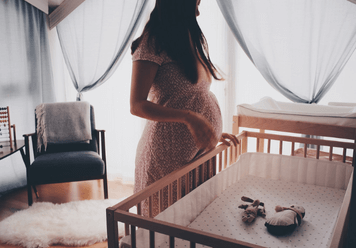Are you an expectant mother seeking guidance on the best sleeping positions during pregnancy? Sleep is crucial for your health and well-being, especially now.
In this guide, we’ll provide you with comprehensive information on pregnancy sleeping positions that promote comfort and safety for you and your baby. We’ll explore various positions, their benefits, and precautions.
Importance of Sleep During Pregnancy
Getting enough sleep during pregnancy is extremely important for your well-being and your baby’s health. Sleep has a crucial role in helping your body repair and restore itself. It also aids in memory consolidation and can help combat the ‘baby brain.’
Sleep is essential during pregnancy because it promotes the restoration of blood vessels. This is especially crucial due to the increased pressure and blood flow that occurs during pregnancy. Getting enough sleep supports a healthy immune system, which is vital for you and your baby.
To optimize your sleep during pregnancy, it’s recommended that you sleep on your left side. This position helps improve blood flow and reduces pressure on the major arteries that supply the baby. By prioritizing sleep, you can ensure a healthy and comfortable pregnancy for yourself and your baby.
Best Sleeping Position During Pregnancy
Finding the best sleeping position for your comfort and your baby’s safety is crucial during pregnancy. The recommended sleep positions for pregnant women are side sleeping and avoiding prolonged back sleeping. Let’s take a look at three recommended sleeping positions in pregnancy.
Side Sleeping
The first position is side sleeping. You can place a pillow between your legs to create space in the pelvis and hips. Another option is to use a ‘C or ‘U shaped pregnancy pillow for support in your head, neck, and spine and alignment in the pelvis and hips. Putting a pillow behind your back and close to your abdomen is a great idea, too. These can help prevent you from rolling over onto your back during pregnancy, which isn’t recommended.
Back Sleeping
If you’re a back sleeper, you can use a pillow wedge behind your back or a pregnancy pillow to prevent rolling over and encourage side sleeping. It’s important to avoid lying on your stomach after the first trimester, as it can become uncomfortable due to the growing bump. Sleeping in a supine position also comes with an increased risk of stillbirth from 28 weeks of pregnancy.
Stomach Sleeping
Sleeping on your stomach is permissible until it becomes uncomfortable due to the growing bump. Most pregnant individuals naturally feel uncomfortable after too long in a completely flat position and tend to shift.
- Sleeping on your stomach is fine until it starts to feel uncomfortable due to your growing bump.
- Avoid sleeping on your back during the second and third trimesters to prevent pressure on your uterus, intestines, and inferior vena cava.
- The best positions for good blood flow and kidney function are sleeping on your left or right side.
Sleep Tips for Each Trimester
Sleep is crucial during pregnancy, and adjusting as your body changes is essential. As your pregnancy progresses, your sleep needs may change as well. Here are some sleep tips for each trimester to help you find comfort and ensure your safety.
First Trimester
Limit your liquid intake before bed during the first trimester to reduce bathroom trips. Avoid using smartphones before sleep, as the blue light can disrupt melatonin production. Keep snacks on your nightstand to alleviate nausea during the night. Go to bed when naturally tired to ensure better sleep quality, and establish a relaxing bedtime routine with activities like meditation, reading, or light stretching.
Second Trimester
Avoid eating close to bedtime in the second trimester to reduce heartburn symptoms. Start lying on your side as your stomach sleeping becomes uncomfortable. Incorporate moderate exercise and stretching to alleviate restless leg syndrome. Consider using a pregnancy pillow or wedge for added lower body support.
Third Trimester
In the third trimester, use multiple pillows or put a pillow close to your back or stomach to help you sleep better and prevent rolling onto your back. Stay hydrated throughout the day to prevent leg cramps. Get into the habit of elevating your upper body slightly to alleviate acid reflux. You can put a pillow behind your shoulders and on your sides to stay in one position during sleep. Practice relaxation techniques before bed to sleep better, and take naps during the day to compensate for any sleep disturbances during the night.

Recommended Sleep Duration and Fetal Sleep Patterns
Getting enough sleep is crucial for both pregnant women and their babies. During pregnancy, aiming for 7-10 hours of sleep per night is recommended to ensure optimal well-being.
Studies have shown that inadequate sleep during pregnancy can have negative effects. Women who sleep less than 6 hours per night are 4.5 times more likely to have longer labors and a C-section. On the other hand, first-time mothers who sleep 7 hours or more tend to have shorter labors.
While there’s still much to learn about the relationship between sleep and fetal development, experts believe that by the end of pregnancy, a fetus sleeps for about 95% of the time. Sleep is essential for fetal brain development and growth. However, a fetus’s sleep patterns differ from an adult’s.
Conclusion
Adequate sleep during pregnancy supports your health and the baby’s well-being. Discovering safe and comfortable sleeping positions is essential to ease discomfort and enhance blood flow for better rest.
As you progress through each trimester, adjust your sleeping methods for optimal rest, such as sleeping on your side during pregnancy with a pillow for support. Avoid back sleeping to prevent pressure on blood vessels.
Good sleep is vital for a healthy pregnancy, so prioritize finding the right sleep setup for you. You can ensure better sleep quality and a more pleasant pregnancy with the right positions and safety precautions.













